[FIX] Applications Freeze When External Hard Drive is Connected
Certain external hard drives tend to freeze up Windows systems when plugged in while the machine is actively running. This issue mostly occurs with traditional HDDs, although the issue is also happening with newer SSD models. This problem is confirmed in every recent Windows version (from Windows 7 to 11).
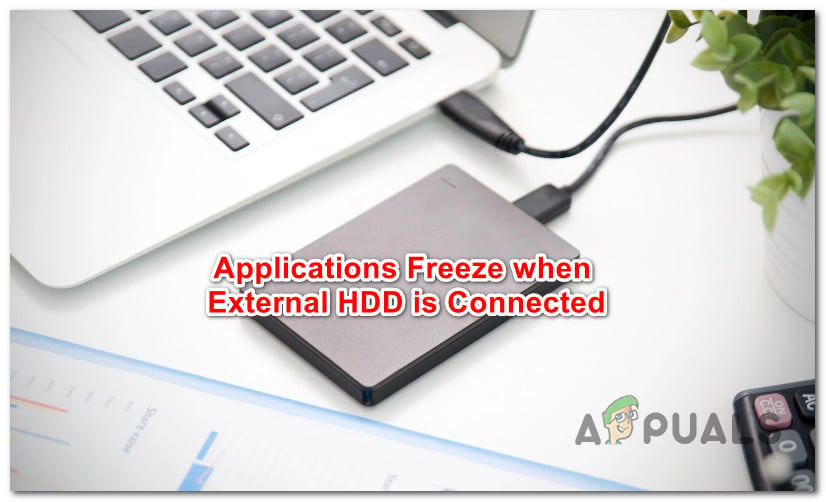
This issue can either be caused by an outdated IRST driver or by a USB driver issue (either the main drive driver ot the underlying USB port driver).
Here are a few confirmed fixes that you can follow to troubleshoot this issue:
1. Update or Install the IRST driver
If you’re using an outdated Rapid Storage Technology (RST) driver from Intel, chances are you will experience freezing issues every time an external drive is forced to wake up from a ‘soft hang’. This well-known problem affects every IRST driver iteration from version 15 to version 18. Intel has finally patched it with version .19 and above.
To tackle this issue, you will need to update your IRST (Intel Rapid Storage Technology) from the official website of Intel.
Note: You can use this method even if you’re using a generic driver Instead of IRST. When you install the latest version of IRST, you will override the generic driver with the Intel equivalent.
Here’s how to update or install the IRST driver:
- Open your default browser and visit the official download page for the Intel® Rapid Storage Technology driver. ONLY use this link if you’re using Windows 11.
Note: If you’re using an older version of Windows, download the legacy IRST driver from this page instead. - Once on the official page, make sure you download the latest version using the Version drop-down menu, then click on the Download button.
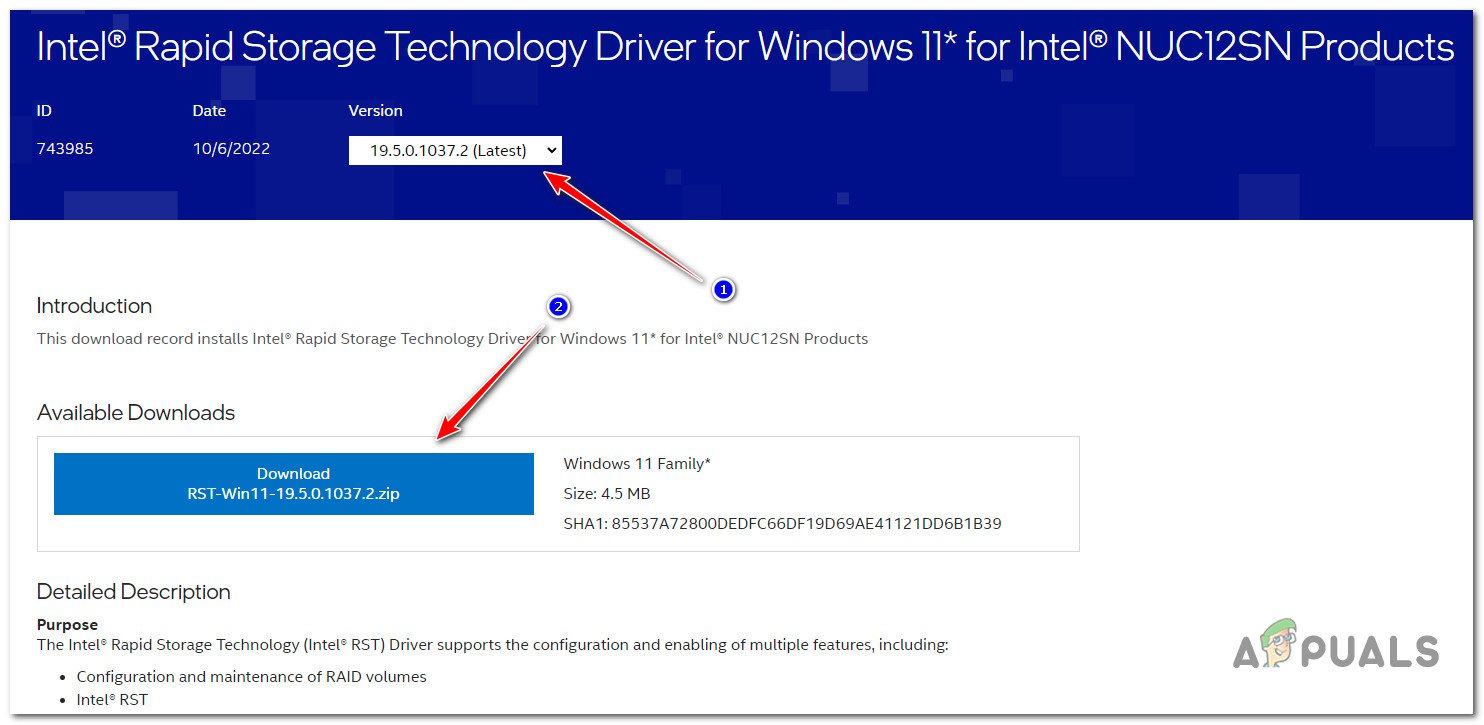
Downloads the driver locally - Click on I accept the terms in the license agreement button to accept the TOS, then wait for the download to complete.
- After downloading the driver locally, extract the archive using the native extraction tool from Microsoft or use a 3rd party equivalent like WinRar or WinZip.
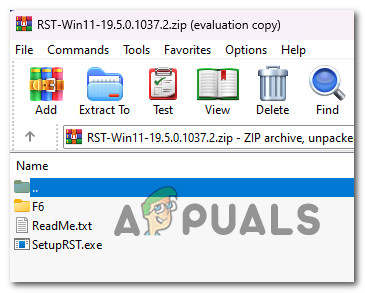
Extract the RST archive locally - Once the archive is extracted successfully, double-click on SetupRST.exe and click Yes at the UAC (User Account Control) prompt to grant admin access.
- Follow the on-screen instructions to update or install the RST driver, then reboot your PC.
- After the next startup is complete, connect your external HDD and see if the freeze period has stopped.
If the problem is still present even after you’ve ensured that you’re using the latest IRST driver version, move down to the next method below.
2. Uninstall malfunctioning USB ports Drivers
It’s not uncommon for a computer to freeze once a USB device has been inserted. The problem frequently manifests itself when either the USB disk or the USB port driver is affected by corruption. The most common causes of USB malfunctioning problems are faulty USB disk ejection or a defective port driver.
Important: This scenario only applicable if you use an external drive plugged in via USB. If you connect it via SATA cable, skip this method and move to the next one below.
Unless there’s a hardware issue, you should be able to fix any type of corruption affecting the USB drive by updating the underlying driver.
But before you do this, the first action you must undertake is to ensure that you don’t have any malfunctioning USB drive that are currently active (but hidden) on your Windows computer.
Note: These malfunction USB-based drives won’t show up inside Device Manager if they are in the state mentioned above. To make them visible, you’ll need to make some adjustments inside the Environment Variables menu.
Follow the steps bellow to make the malfunctioning USB port drivers visible inside Device Manager and uninstall them:
- Unplug the external drive from your PC.
- Press the Windows key + R keys to open up a Run dialog box.
- Inside the Run box that just appeared, type ‘sysdm.cpl’ inside the text box, then press Ctrl + Shift + Enter to open up the System Properties menu.

Open up the System Properties menu - At the User Account Control (UAC), click Yes to grant admin access.
- Once you’re inside the System Properties screen, click on the Advanced tab at the top, then click on Environment Variables… in the bottom-right section of the screen.
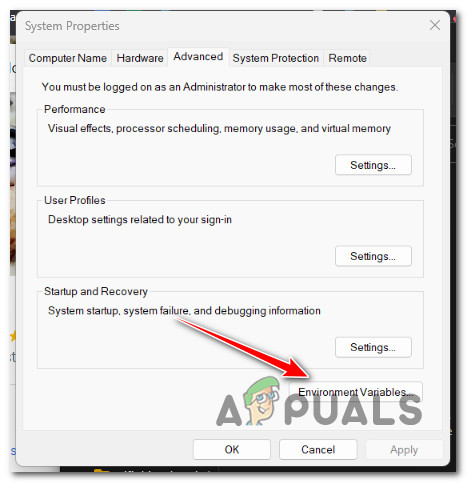
Access the Environment Variables screen - Next, go under User Variable for “Your Username” and click on the New button.

Creating a new variable - Inside the New User Variable window, enter ‘Devmgr_show_details’ inside the Variable name window, then enter “1” inside the Variable Name.

Configuring the new variable to make the malfunctioning USB ports drivers visible inside Device Manager - Click OK to save the changes, then you can safely close the Environment Variables and System Properties window.
- Press Windows key + R to open up a Run dialog box. Next, type ‘devmgmt.msc’ inside the text box, then press Ctrl + Shift + Enter to open up Device Manager with admin access.

Opening Device Manager with admin access Note: At the User Account Control (UAC) prompt, click Yes to grant admin access.
- Once you’re inside Device Manager, use the ribbon at the top to click on View, then click on Show hidden devices from the drop-down menu that just appeared.

Showing the hidden devices - Next, go ahead and uninstall the malfunctioning USB drive. It should have a semi-transparent icon. To uninstall it, right-click on it and choose Uninstall from the context menu.

Uninstall the problematic USB drive Note: Make sure you only install the problematic USB driver and not anything else.
- Close Device Manager, reboot your PC and wait for the next startup to complete.
- Plug in the external drive once again and see if it connects normally without producing the same freeze period.
Note: Since you uninstalled the main USB drive driver, Windows will reinstall a fresh equivalent.
If the problem is still not fixed, move down to the next step below.
3. Update the USB controller drivers
If you’ve used the method above to ensure that you are not dealing with a corrupted USB drive, the next step should be to troubleshoot for a potential USB port issue.
First things first, plug the external hard drive into a different USB port and see if the same freezing issue occurs.
Note: Avoid using a USB hub since all of them use the same underlying USB controller drivers.
In case the same problem occurs even when you plug it into a different port, go ahead and uninstall the entire fleet of USB controller drivers. This will force your OS to install fresh driver equivalents during the next startup procedure.
Here’s how to do this:
- Start by unplugging the problematic external hard drive from your PC.
- To open the Run dialog box, press the Windows key + R.
- Next, type “devmgmt.msc” and press the Ctrl + Shift + Enter keys to open Device Manager with admin access.

Opening Device Manager with admin access Note: In order to grant administrator permissions, select Yes from the UAC (User Account Control) option.
- Inside Device Manager, expand the drop-down menu for Universal Serial Bus controllers.
- A list of USB controller drivers will then appear. Right-click each Mass Storage Controller driver, then click Uninstall from the context menu. Repeat this action until they are all gone.
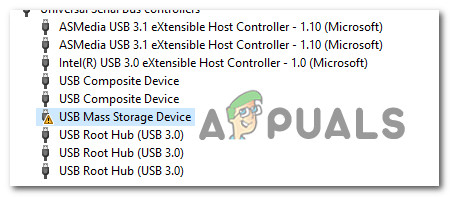
Uninstall USB storage device - Restart your computer after uninstalling all Universal Serial Bus controllers.
- When your Windows installation starts, the USB 2.0 and USB 3.0 drivers won’t be there; instead, Windows will install generic driver replacements that won’t be affected by the same type of corruption.
- Plug in your External HDD once again and see if the problem is now fixed.





